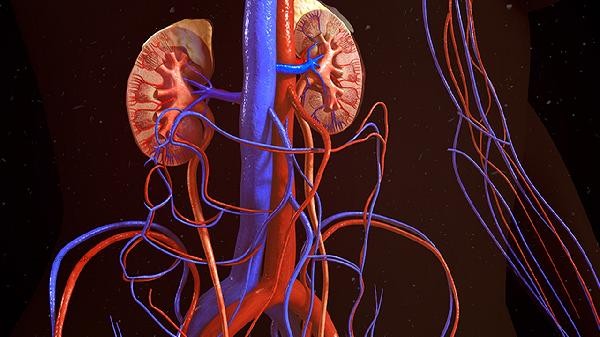The permeability of capillaries is mainly regulated by five factors: endothelial cell function, inflammatory mediators, hemodynamic factors, plasma osmotic pressure, and drug effects.
1. Endothelial cell function:

Vascular endothelial cells form a selective barrier through tight junctions and adhesive junctions, and their integrity directly affects permeability. Chronic diseases such as diabetes and hypertension can lead to the enlargement of endothelial cell gap, and the abnormal secretion of vascular endothelial growth factor can destroy the expression of connexin. Damage to the glycocalyx layer on the surface of endothelial cells can also increase the leakage of large molecular substances.
2. Inflammatory mediators:
Inflammatory factors such as histamine and bradykinin activate endothelial cell surface receptors, promoting cell contraction and forming gaps. Leukotrienes, prostaglandins, and other substances can induce cytoskeleton reorganization, while tumor necrosis factor - α increases adhesion molecule expression through the nuclear factor kappa B pathway, promoting leukocyte migration and increasing plasma exudation.
3. Hemodynamics: When venous pressure increases, the hydrostatic pressure gradient increases, such as in patients with right heart failure who have significant lower limb edema. Changes in shear force can affect the activity of nitric oxide synthase in endothelial cells, and the accumulation of acidic metabolites during microcirculatory congestion can disrupt the endothelial barrier. Sudden fluctuations in blood pressure may lead to mechanical damage.

4. Plasma osmotic pressure:
Patients with hypoalbuminemia experience a decrease in plasma colloid osmotic pressure, leading to reduced tissue fluid reflux and edema. Sodium water retention will dilute the plasma protein concentration. In case of severe liver disease, albumin synthesis is insufficient, and a large amount of proteinuria is lost in nephrotic syndrome, which will break the Starling force balance.
5. Drug influencing factors:
Non steroidal anti-inflammatory drugs reduce vascular dilation by inhibiting prostaglandin synthesis, and glucocorticoids stabilize lysosomal membranes to reduce the release of inflammatory mediators. Some chemotherapy drugs such as doxorubicin can directly damage endothelial cells, while vascular endothelial growth factor inhibitors affect permeability by intervening in repair mechanisms. Maintaining normal capillary permeability requires comprehensive regulation of multiple factors. It is recommended to ensure daily intake of high-quality protein such as fish and soy products to maintain plasma osmotic pressure, regular aerobic exercise to improve microcirculation, and control blood pressure and blood sugar within the ideal range. Smoking can directly damage endothelial function, and strict smoking cessation is necessary. For those who take drugs that affect vascular permeability for a long time, regular monitoring of urinary microalbumin and limb edema should be carried out. Sudden local swelling accompanied by pain should alert the patient to deep vein thrombosis and prompt medical evaluation should be sought.









Comments (0)
Leave a Comment
No comments yet
Be the first to share your thoughts!